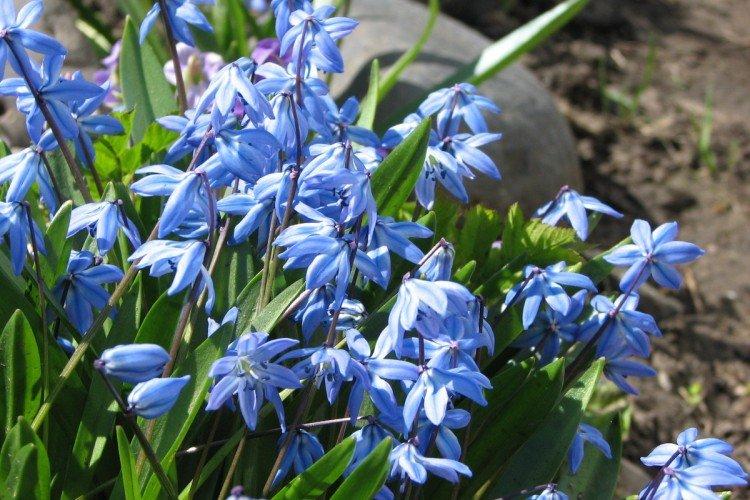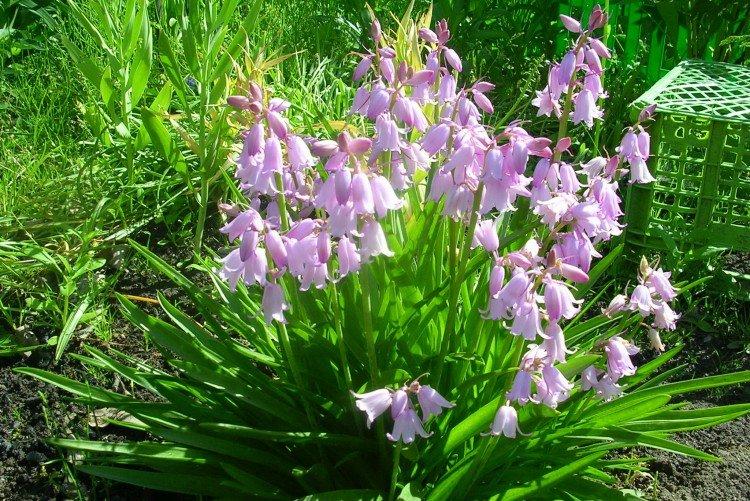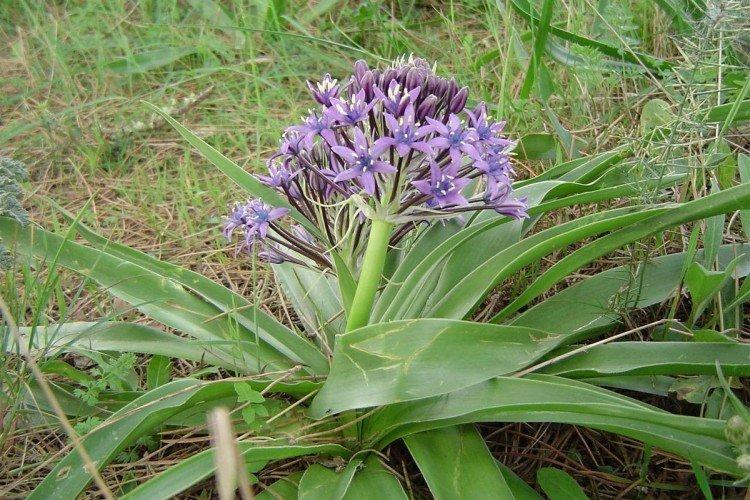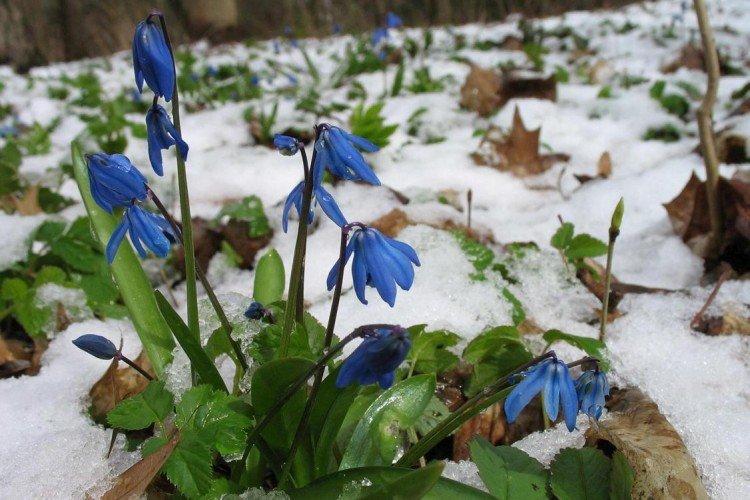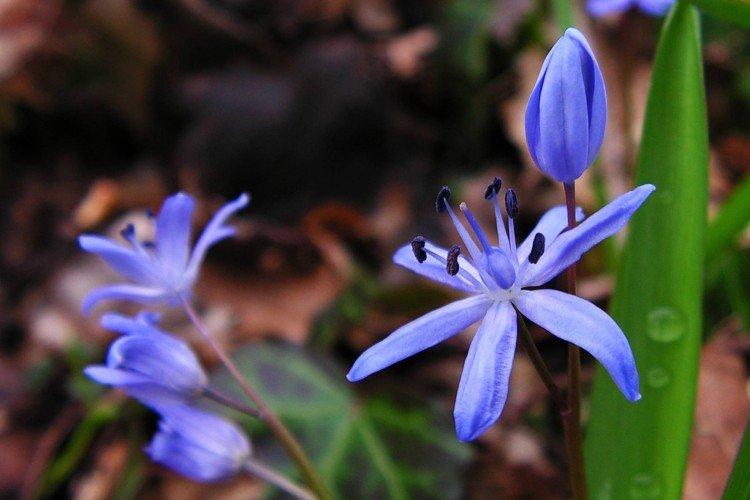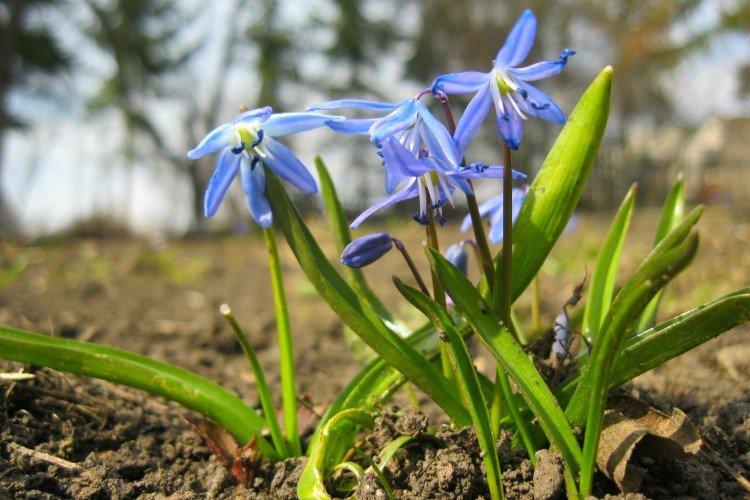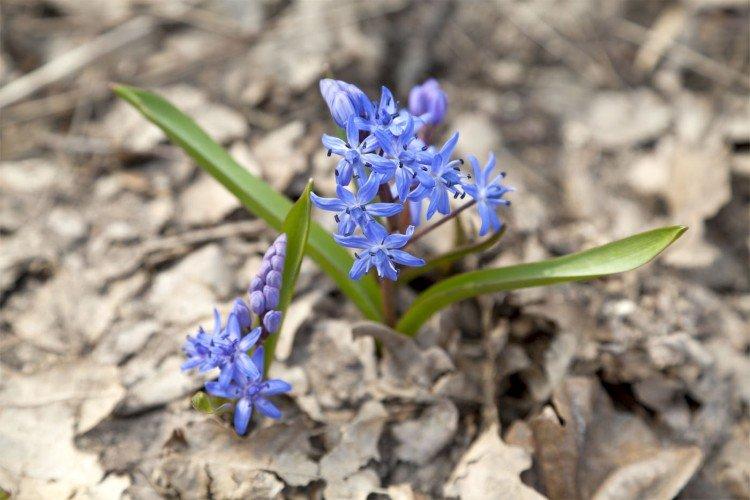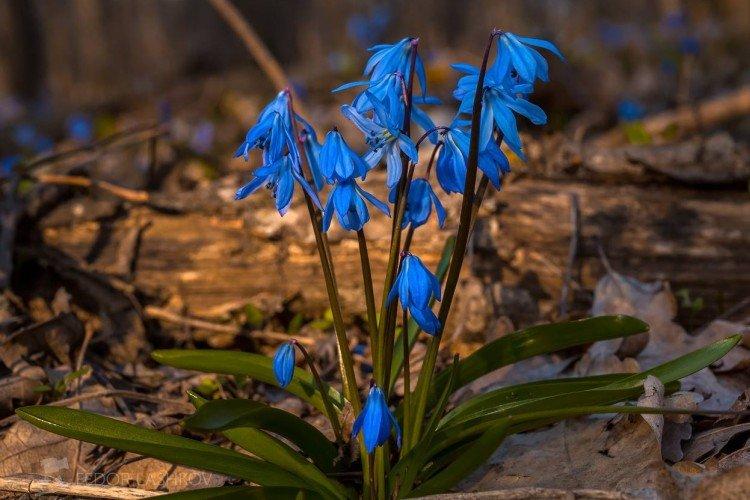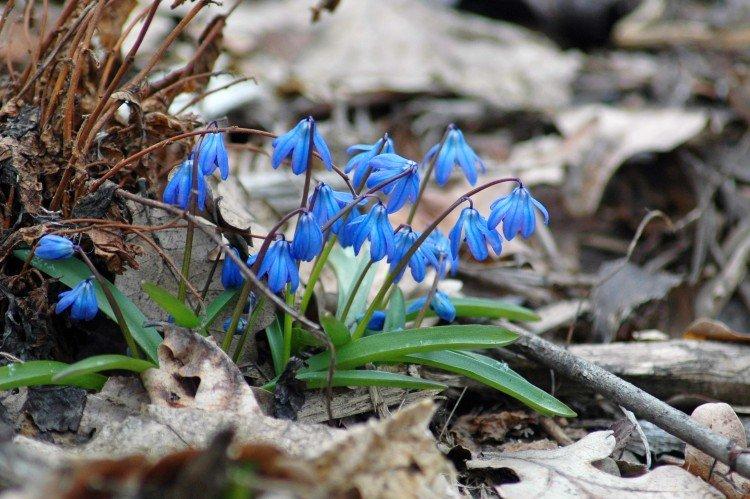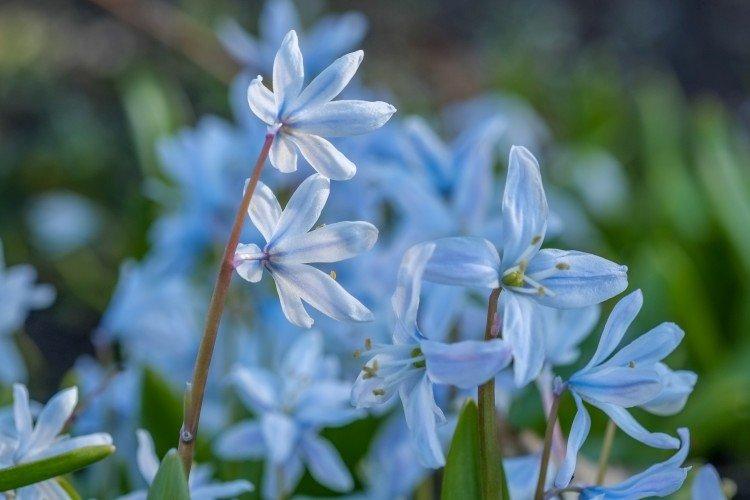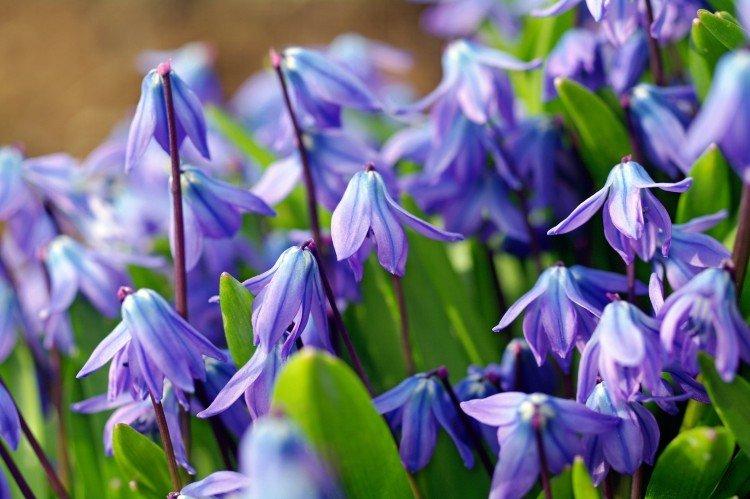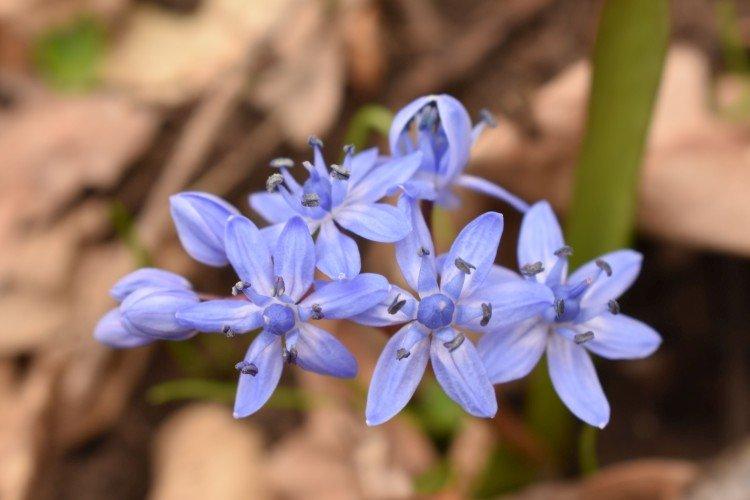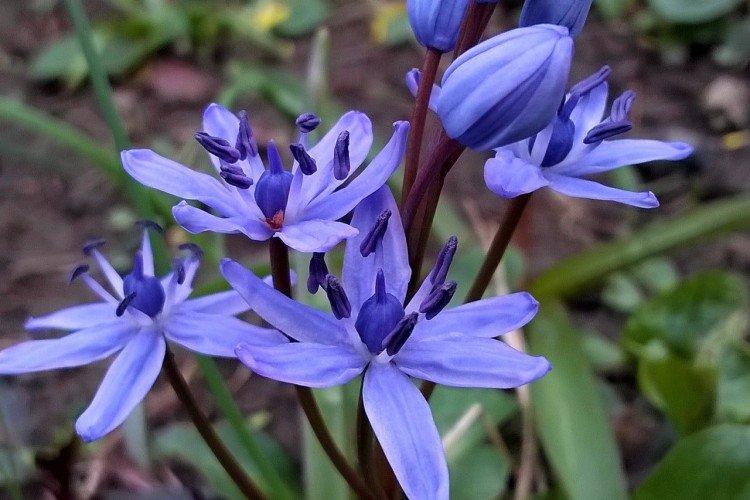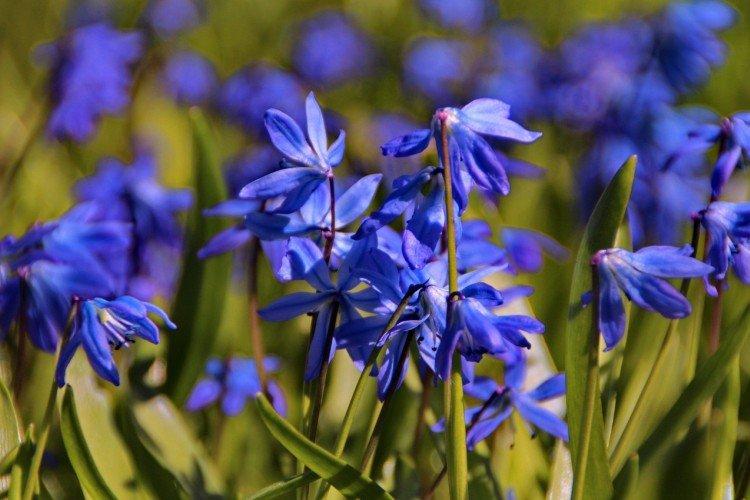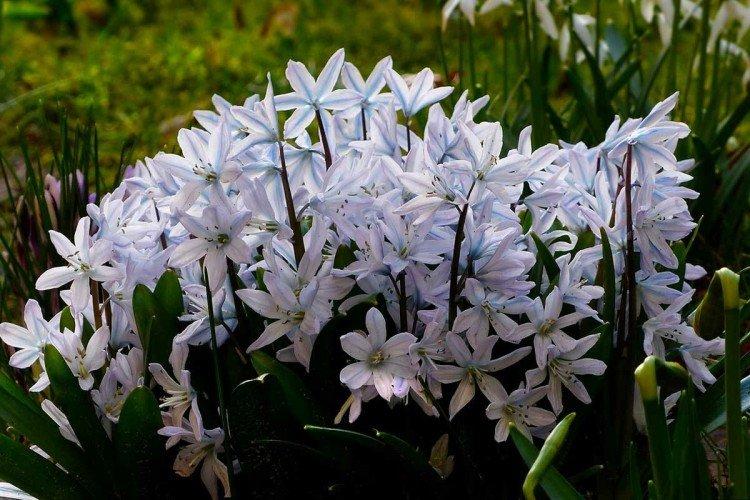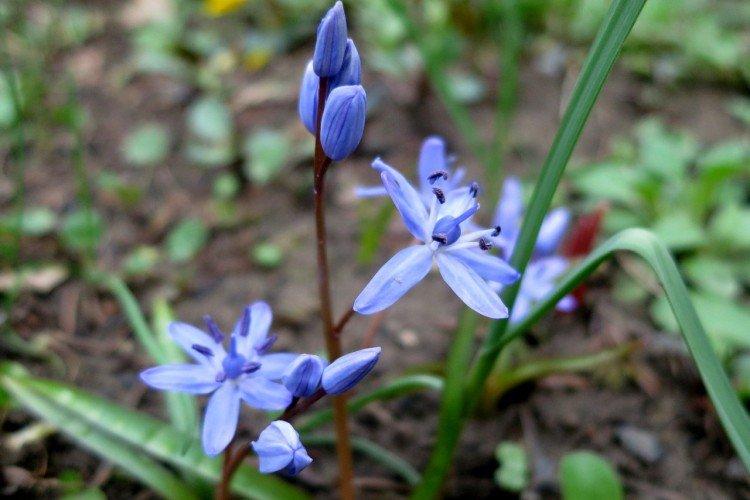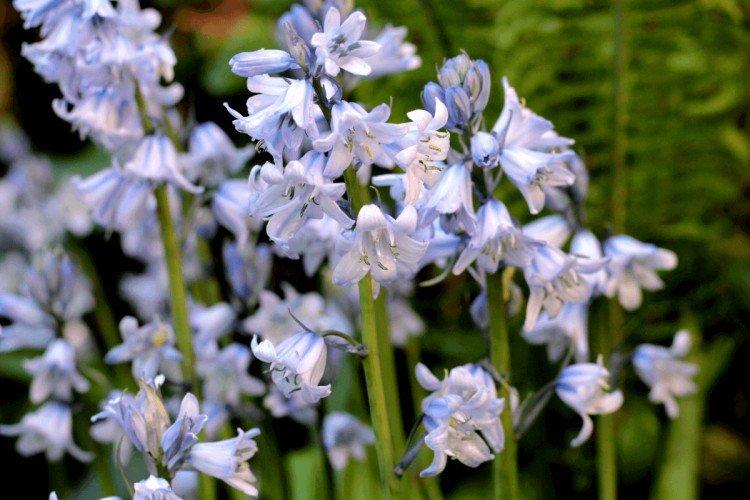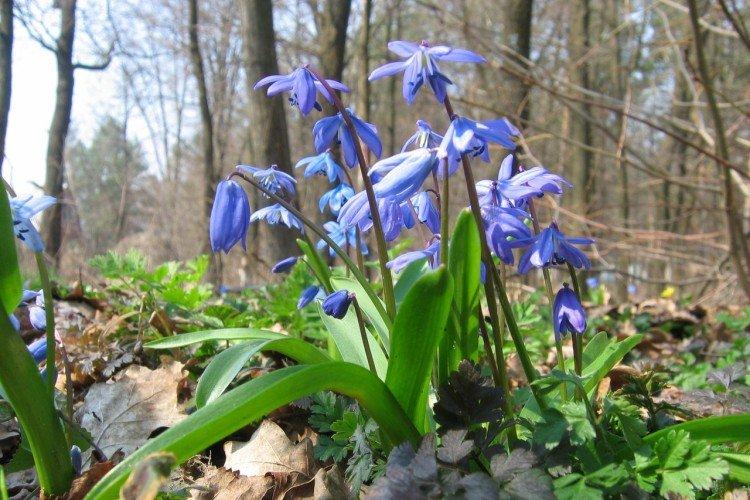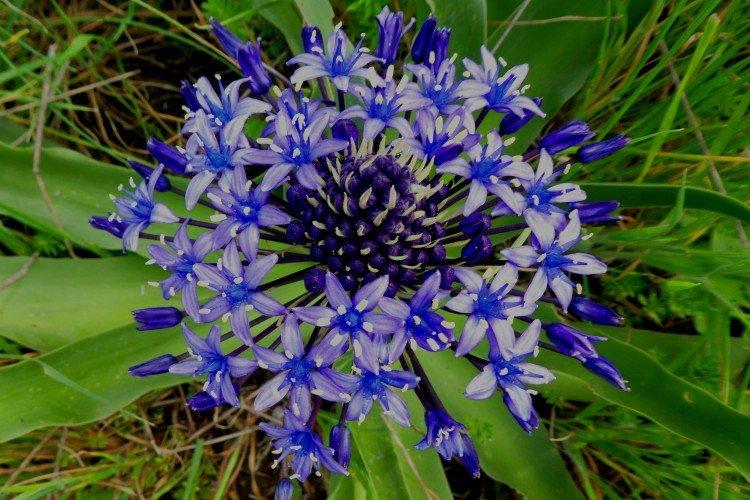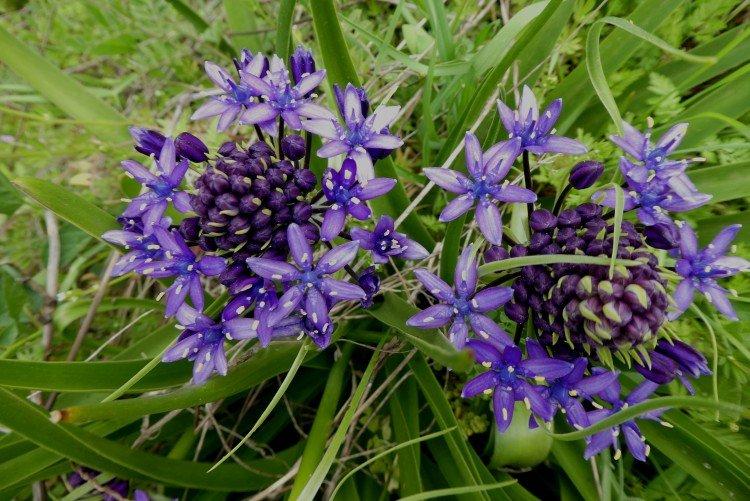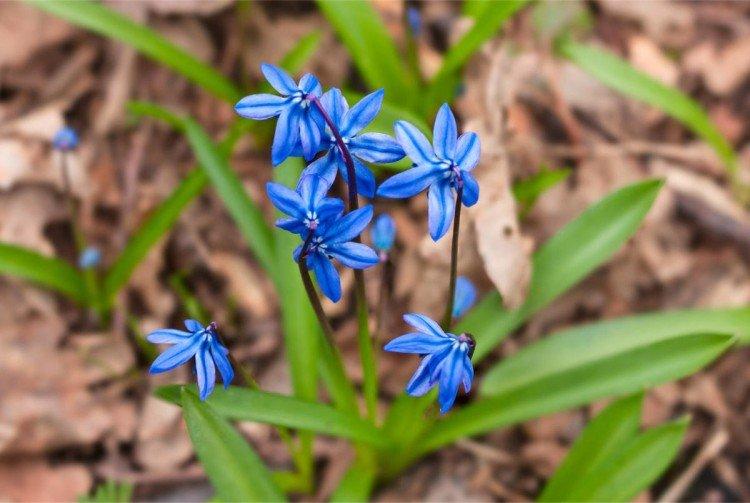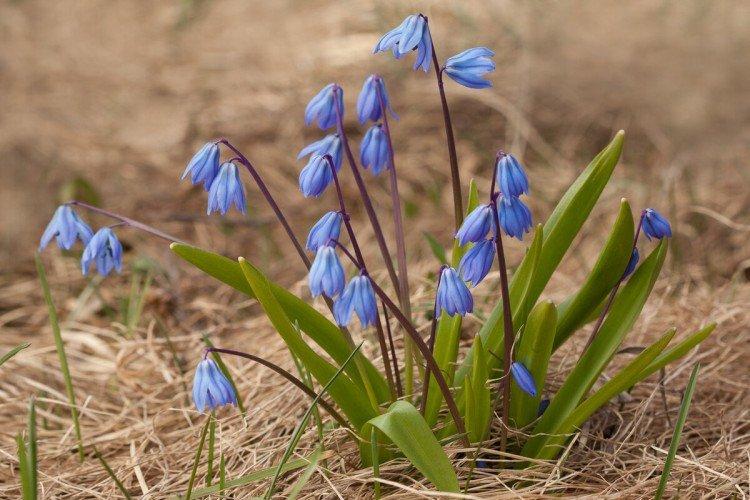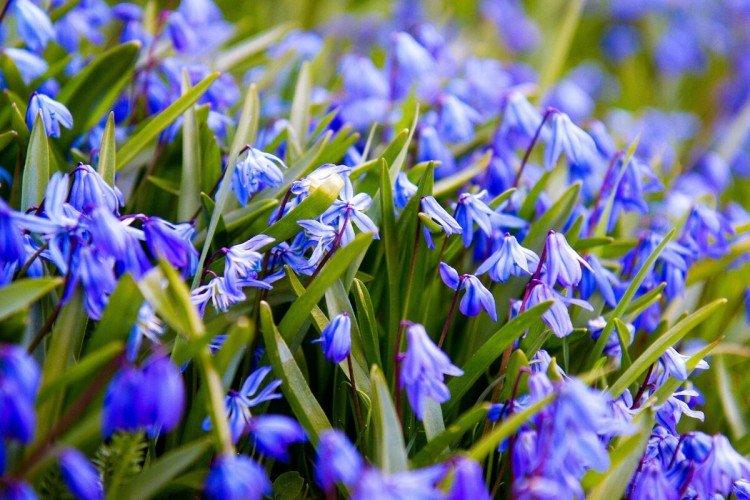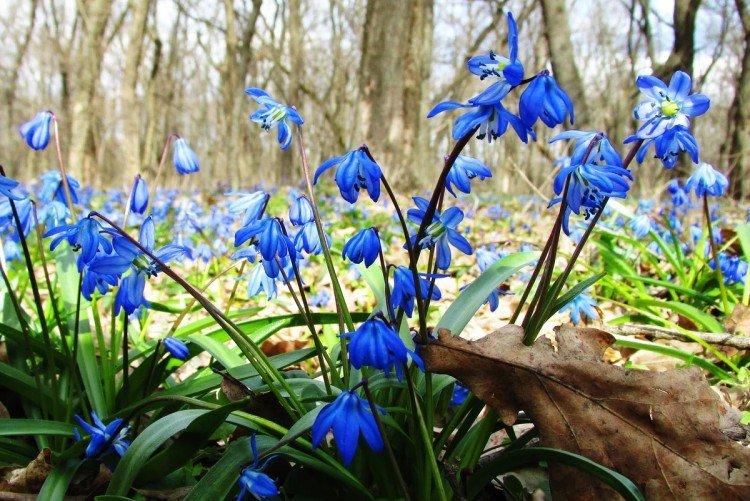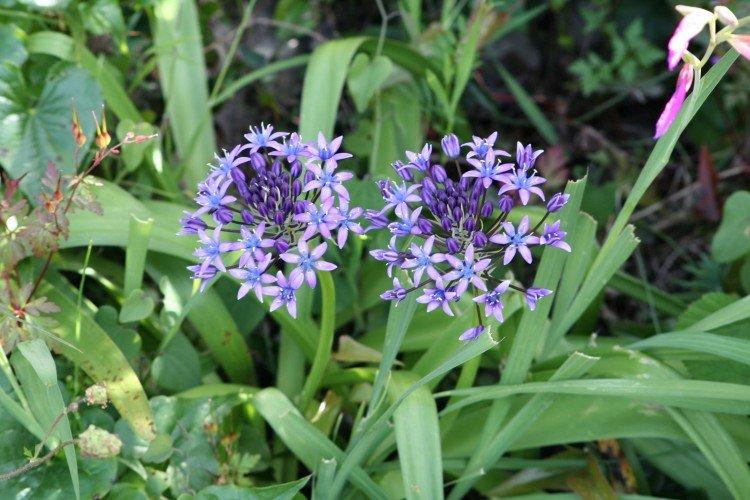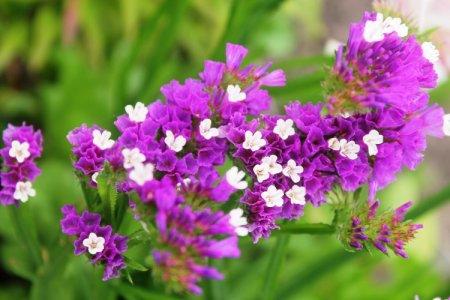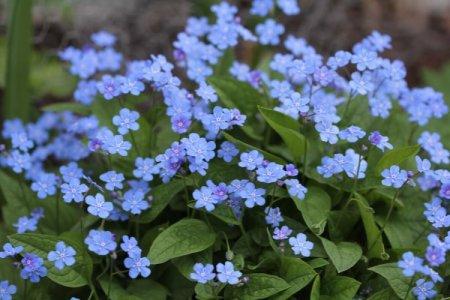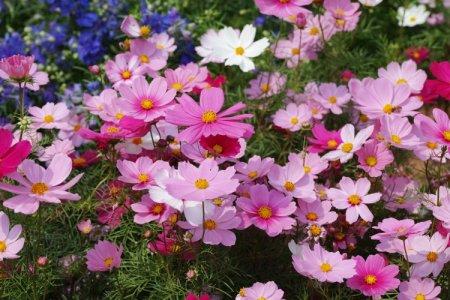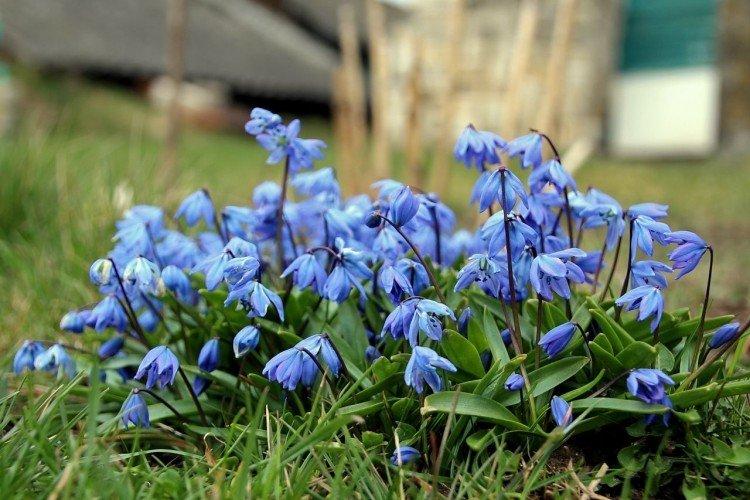
Bright blue streams are a sign that spring has really come and a new period in life. For some, they are a childhood memory, but for others, they are a familiar decoration of their own dacha. We found out more about them and already want to share!
general information
Proleska or scilla is a classic bulbous perennial with all the ensuing features. Oddly enough, it belongs to asparagus, but earlier it was ranked among liliaceae. Due to the constant confusion in popular nicknames, Scylla is often confused with snowdrops and forest trees.
In nature, redwoods prefer meadows and plains, and are found throughout our continent and even in Africa. Sprouts germinate quickly, and the apical inflorescences bloom simultaneously with the growth of long linear leaves. The flowers resemble blue bells, and delight with their beauty at the very beginning of spring.
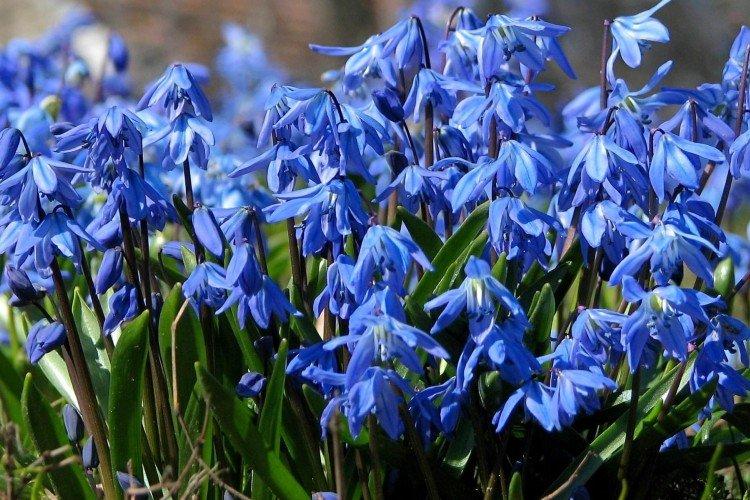
Types of woodlands
Dozens of varieties of woodlands are successfully cultivated in horticulture. In fact, they are quite similar to each other and it is difficult to categorize them unambiguously, but we tried!
Bell-shaped screech
She has another completely different name - the Spanish endymion. Compact bushes grow up to 30 cm, and long racemose inflorescences form on each peduncle. One such inflorescence includes up to 10 blue, white or pink bells.
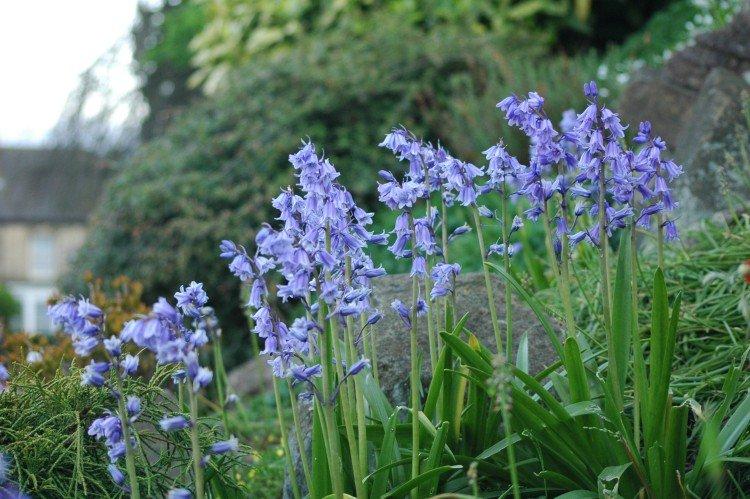
Peruvian redwood
Mediterranean species, tall enough for woodland - up to 35-40 cm in height. The inflorescences here are more conical in shape, and rather dense - with several dozen small flowers in each.
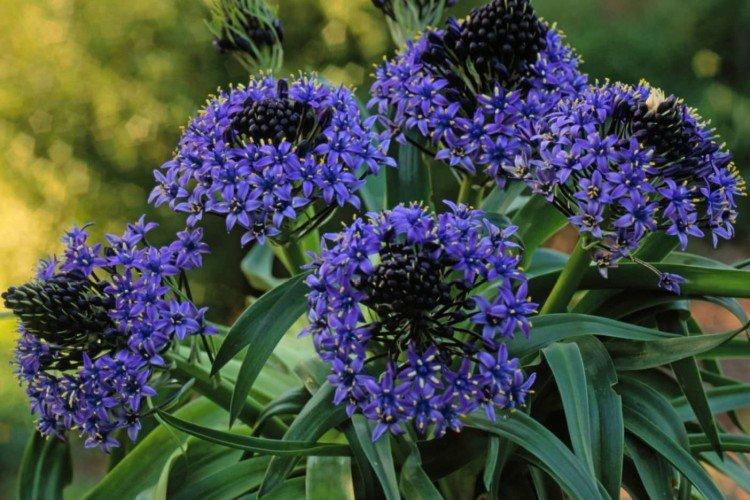
Two-leaved scrub
This is a very tiny species up to 15 cm high and with small peduncles. The pink and white buds have a strong, pungent aroma. For all its modest size, in one inflorescence there are up to 15 bells.
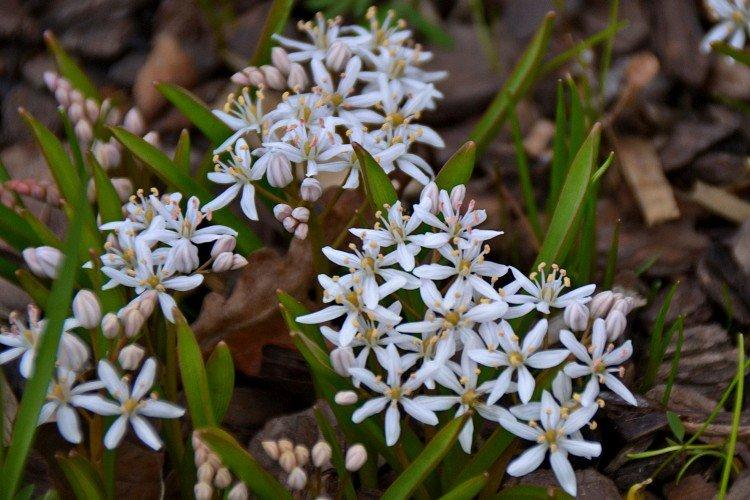
Siberian forest
This is a large category, which also includes Caucasian and Armenian woodlands. Flowers bloom simultaneously with the growth of long, elongated leaves. Among the varieties can be found, it seems, all existing shades of blue and purple.
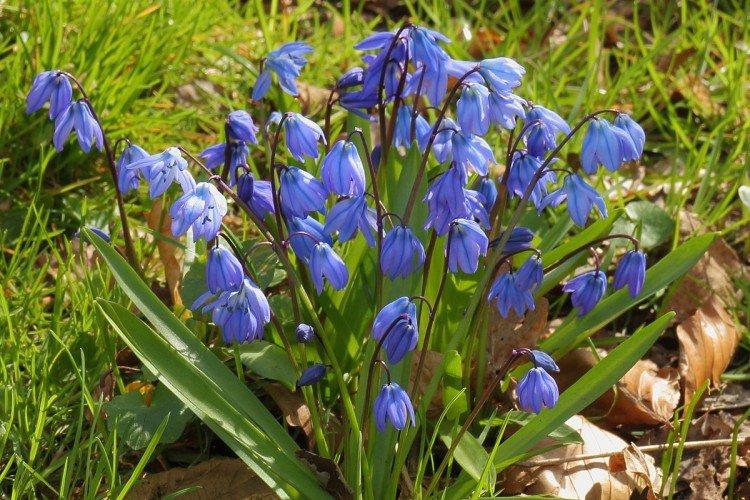
Autumn forest
A rare African and Asian species that blooms not in early spring, but in early autumn. On a small bush up to 20 cm tall, 3-5 peduncles grow with small lilac or purple buds.
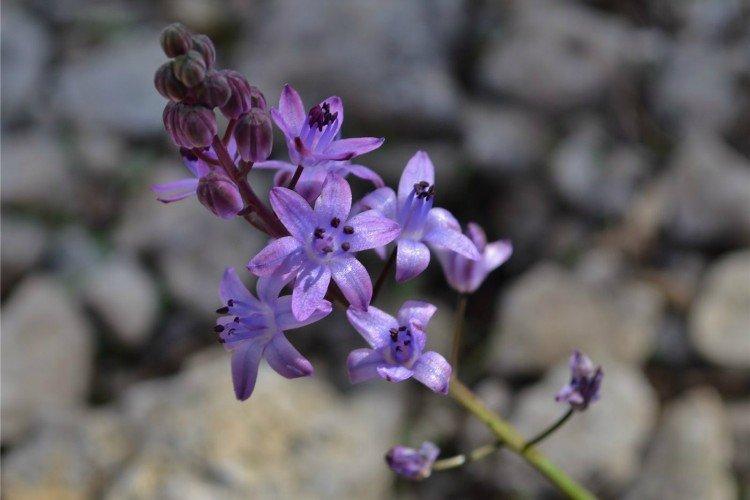
Care of the forest
They are frost-resistant, they have excellent immunity and they perfectly adapt to any environmental conditions. And this is another reason for their popularity among gardeners!
Temperature and lighting
Spring species of forest trees are especially in need of good lighting. They are completely unpretentious to our temperatures, but without light they will not grow normally. But some summer and autumn varieties prefer partial shade.
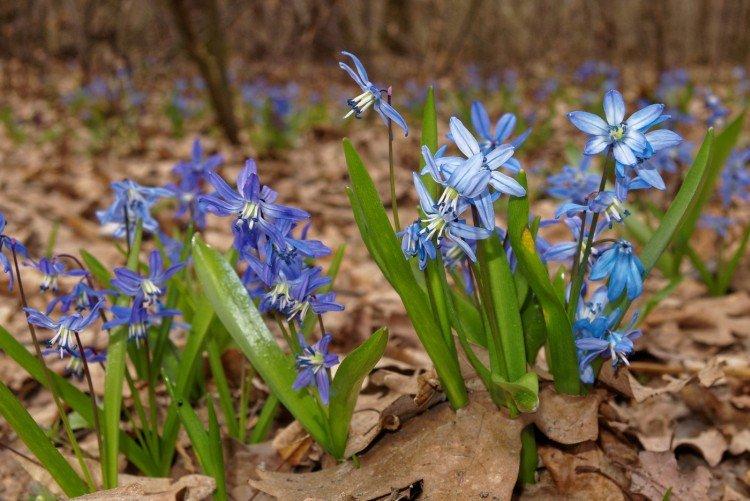
Watering
Proleska likes high humidity, but does not tolerate bays and stagnant water. You need to water the flowering flower bed very carefully so as not to hurt the flowers.
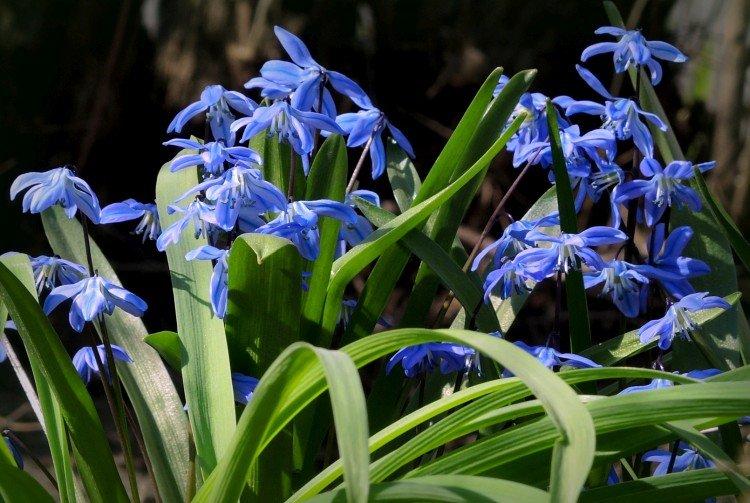
The soil
The soil is needed loose, saturated with organic matter, slightly moist, with leaves and bark. Almost like in the forest! Looseness is the main requirement, because if the soil does not allow water to pass through well, the bulbs will begin to rot.
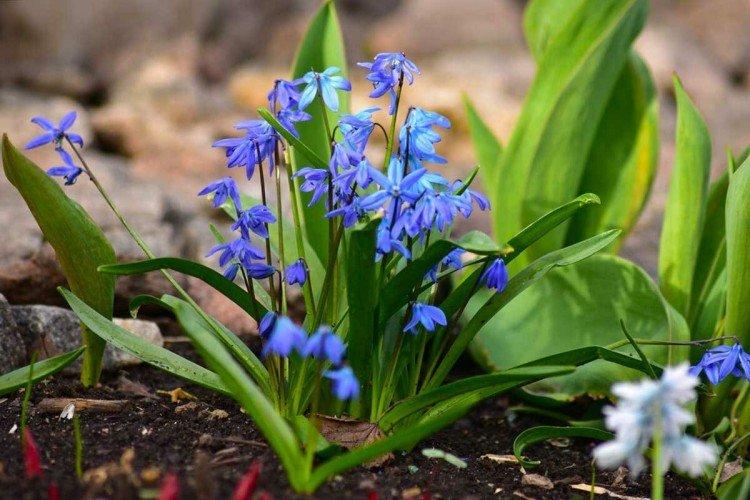
Fertilizers and feeding
In order for the garden scrub to bloom for a really long time, abundantly and evenly, it needs top dressing. Of course, she can cope without them, like her forest relatives, but decorativeness suffers significantly. Use liquid mineral fertilizers in the spring and slowly dissolving granules in the fall.
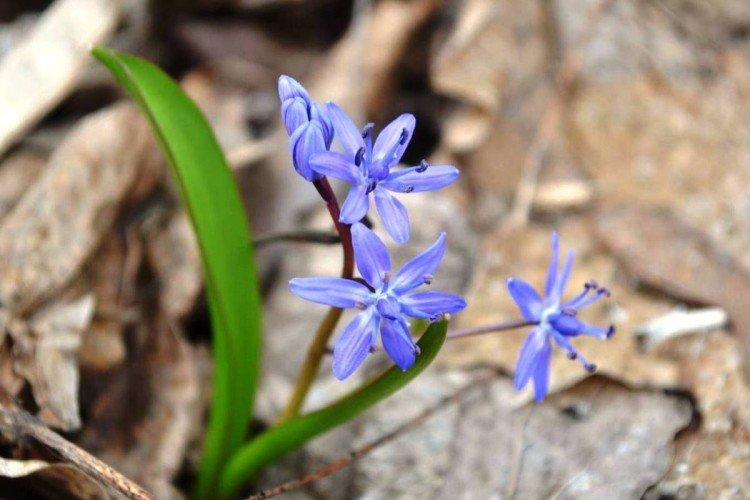
Wintering
Immediately after flowering, cut off the peduncles, but leave the leaves. They need to be removed when they die off on their own so that the bulb has time to stock up on nutrients. Spruce trees can hibernate right in the ground, except that open areas should be covered with leaves or spruce branches.
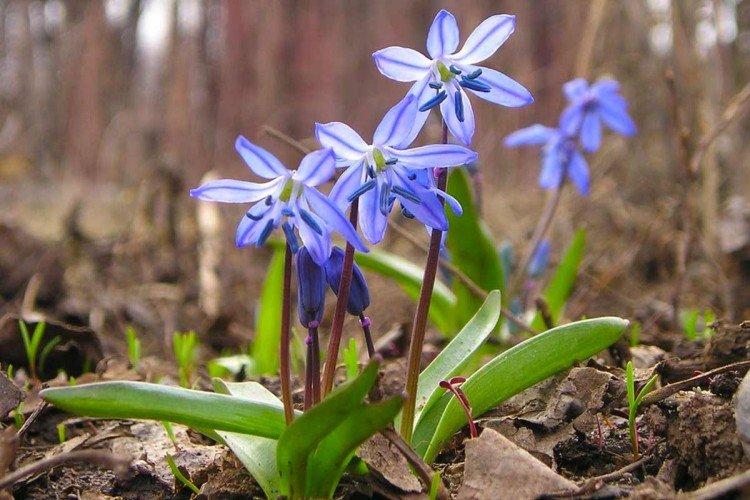
Planting and breeding
Hardwoods are almost never grown from seeds, because they have low germination, and flowering will begin only after 3-4 years. Therefore, we advise you to immediately plant the bulbs about a month before the expected formation of peduncles.
Dig up the soil with organic matter first, and ideally also bring in some forest land. Embed the bulbs by 6-8 cm and in 5-10 cm increments, depending on their size. All planting material must first be carefully sorted out and treated with fungicides.
Once every 2-3 years, it is advised to replant the spines to preserve their decorative effect. At the same time, they can be propagated by separating the babies from the mother's bulbs. The best time for such manipulations is the end of September.
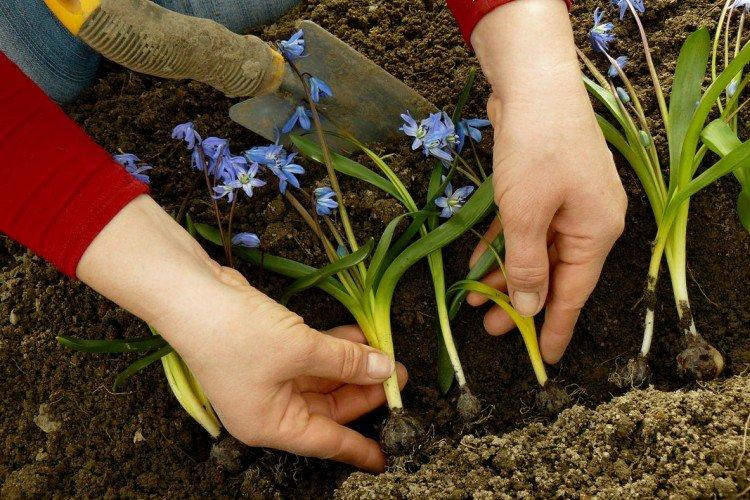
Pest and disease control
Blackheads suffer from a typical set of bulbous problems. In particular, these are gray rot, bulb rot and achelenchoides. Diseased plants must be completely destroyed, and the nearest bulbs around are kept in hot water and treated with fungicides.
Small garden rodents feed on bulbs and sprouts of the forest. Traps, baits and protective grooves effectively help from them. Another major problem is the root mite, which hides underground. For treatment and prevention, special insectoacaricides are used.
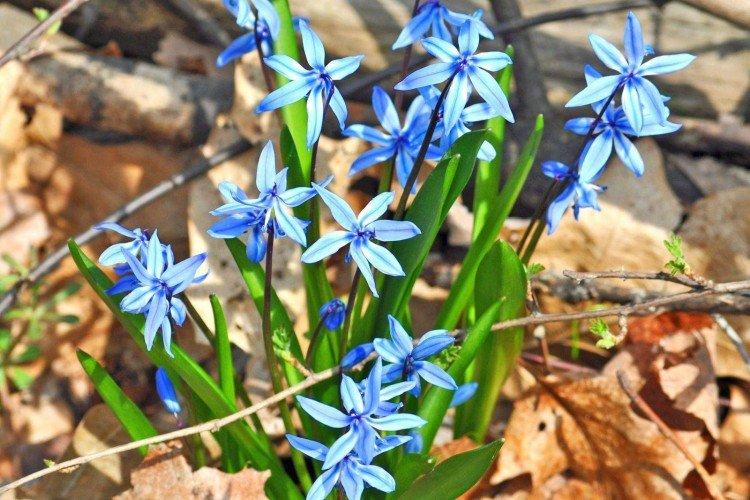
Proleski - photo
And so that no one will ever again confuse the woodlands with other primroses, we have collected a large photo gallery of them!
